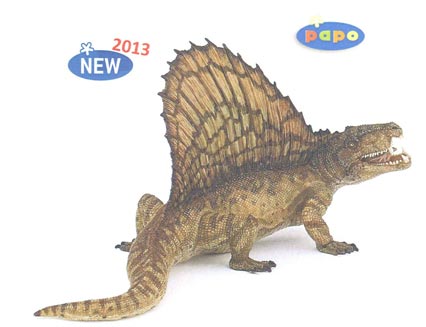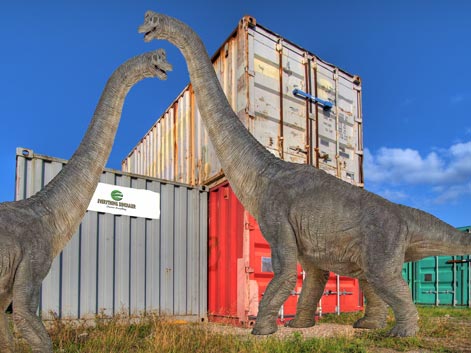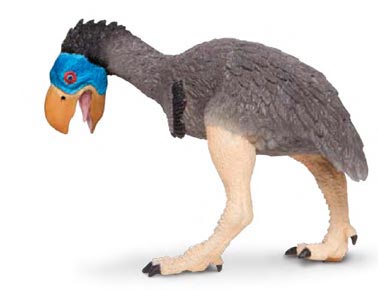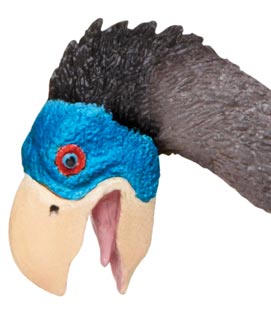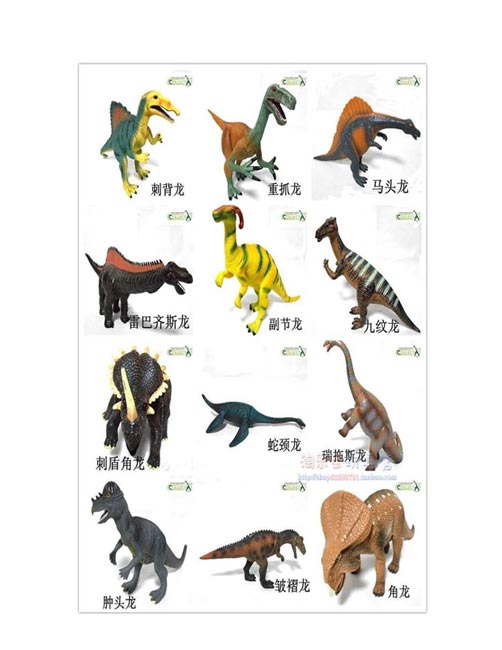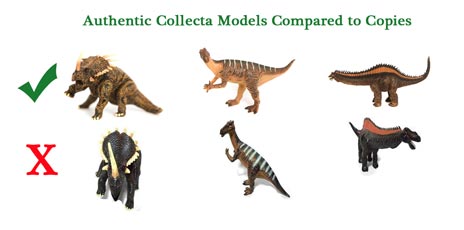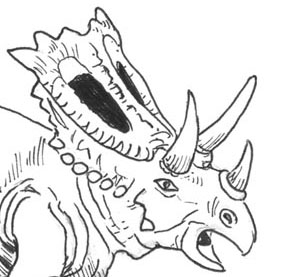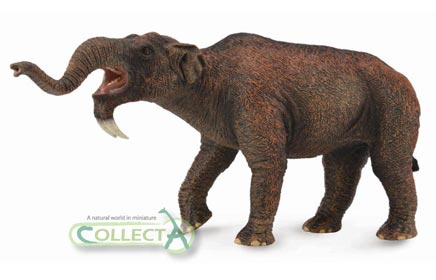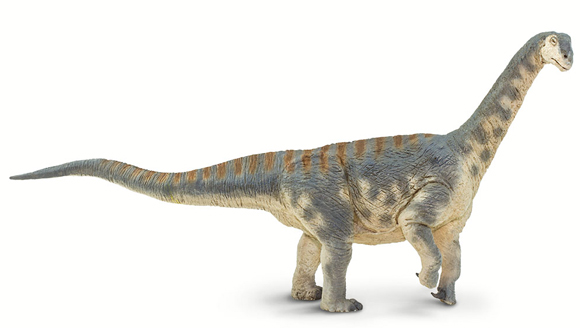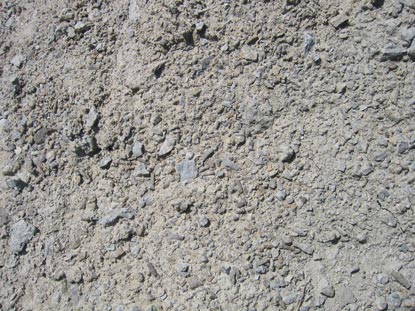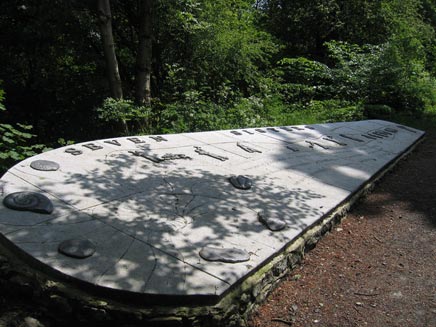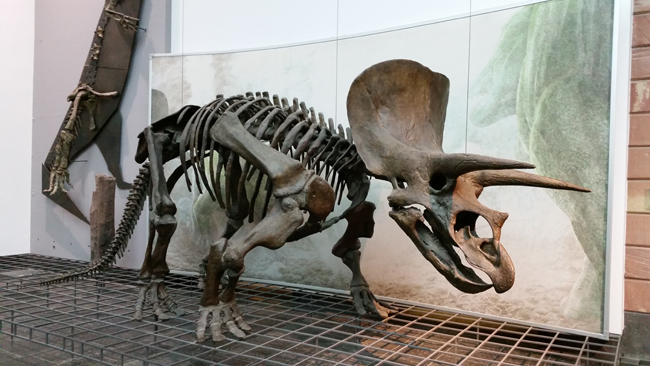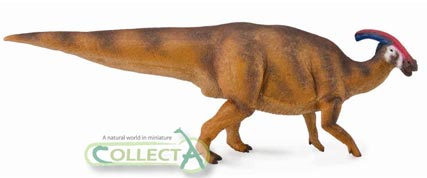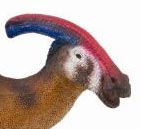Update on the New Papo Dimetrodon Availability and Delivery – Unethical Practices from Competitors
Unethical Practices Concerning New Models
The Papo Dimetrodon model (Papo product code 55033) is the last of the 2013 prehistoric animal models to be released by Papo this year. We at Everything Dinosaur work very closely with Papo of France and we receive regular updates on how this model’s production and shipping schedule is progressing. We post up information about new model releases on this blog site as well as keeping our customers informed of developments using our Facebook, Google Plus and Twitter pages.
Papo Dimetrodon Model
A number of our internet based UK competitors are asking customers to pre-order this model, some are even claiming that it will be available from the 1st of July. We at Everything Dinosaur have no plans to operate any pre-order policy. We have never operated a pre-order policy. We think it is simply not fair or indeed ethical to ask to customers to pay for an item that may not be available for many weeks or even months.
Papo Dimetrodon – Coming Soon
Picture credit: Everything Dinosaur
Everything Dinosaur
Everything Dinosaur has already committed to taking stocks of this item, we ordered our stock many months ago, perhaps as far back as 2012 when, due to our close working relationship with the manufacturer, it became clear that this model was going to be made.
Dimetrodon Model Information
The latest information we have from France on this model is as follows:
The Dimetrodon is being shipped in early July, it will be on the water for most of this month and scheduled for delivery into France by early August. From the French hub, our stock will be despatched, we anticipate that we will have our models a few days into August, it might be the middle of the month.
We were expecting delivery in July, but as with many shipments there can be delays, either in production or during the freight process. This means that statements about July availability made by many of our competitors may not necessarily be true. We cannot comment about competitors pre-ordering practices but we are very well informed and we feel that many people may be let down by such activities.
Promises Made and Promises Broken by Competitors
Pre-ordering is a marketing ploy employed by a number of companies. However, if promises are made and then deliveries are not as prompt as promised, then we think that this is unethical. For example, if the Papo Dimetrodon is not available until August, customers will have paid up front for a model not may not be sent out to them for six or seven weeks.
We at Everything Dinosaur do not do this, we offer an alternative, one that involves our customers getting personal service and it does not cost them a penny. We have lots and lots of loyal customers, they contact us asking about an item’s availability. We store their request and when the item comes into stock (and we are usually one of the first to get the product), we send them an email to let them know that the item is available and that we have put one aside for them on our reserve shelves in the warehouse.
Everything Dinosaur Reserves Models for Customers
We hold products on reserve, not just for a few days, but for weeks and months as we understand that collectors and dinosaur fans often like to save money by being able to acquire all the new releases in one single shipment. This we do and there is absolutely no obligation for a customer to order what we have reserved.
We think our system is fairer and it prevents customers being let down when manufacturing and delivery schedules from factories run into problems. We are passionate about prehistoric animals, we understand how enthusiastic collectors and dinosaur fans are about new releases and we feel that getting people to pay up front for an item that may not be in stock for many weeks is simply not ethical.
If you wish to reserve a Papo Dimetrodon, or indeed any item from our product range, just drop us an email and we will do our best to assist you: Contact Everything Dinosaur.
Sometimes the very best plans can go wrong, to illustrate the pitfalls of pre-ordering just consider the case of the excellent Papo Brachiosaurus model that was released in 2012.
Papo Brachiosaurus – Delayed for Months
Picture credit: Everything Dinosaur
Papo Brachiosaurus
Originally scheduled for release in July 2012, this model was actually not available until October. Companies operating a pre-order policy would have potentially held onto to customer’s money for many months before customers had any chance of receiving this item.
With the Papo Brachiosaurus, we posted up a lot of information, keeping fans of Papo updated on developments; below is a brief summary of the notices we put up:
December 2011 – Everything Dinosaur confirmed that this model was due to be released in 2012 and we gave out a scheduled delivery date of July 2012.
August 2012 – Several updates had been posted, confirmation that the product was delayed.
September 2012 – Articles posted reflecting the updates Everything Dinosaur had received about production and shipping.
October 2012 – Information from France about expected delivery, subsequently confirmed and stock into Everything Dinosaur.
What is also frustrating is that we see various “special deals” and “pre-order offers”, companies claim that if you pre-order you can get this item at a special price or that stocks will be limited. In our experience, such “special offers” do not always turn out to be good value, after all, as the Papo Brachiosaurus model demonstrated, customers may have had to wait four or five months to receive what they had purchased, hardly helpful when buying for birthdays or other special occasions.
We at Everything Dinosaur do not agree with asking customers to pre-order products, such practices no matter how well intentioned, run the risk of going wrong. Delays can occur which can mean that customers have handed over payment for something that they will not receive for some considerable time after purchase.
To view the range of Papo “Les Dinosaures” models in stock at Everything Dinosaur: Papo Prehistoric Animal Models and Figures.


